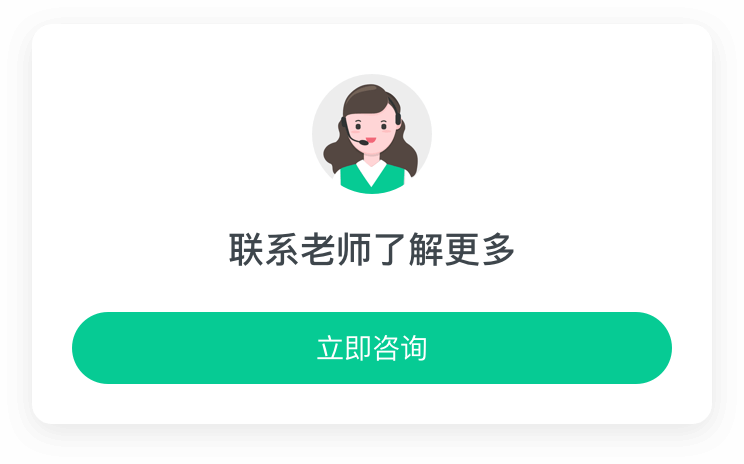Java 组件封装方法与使用指南详解
作者:小焱
- 2025-06-12 重庆
本文字数:2844 字
阅读完需:约 9 分钟

Java 组件使用方法与封装指南
一、核心组件使用方法
1. 跨平台开发
Java 通过 JVM 实现跨平台,以下是跨平台开发的基本步骤:
// 1. 编写Java源代码public class HelloWorld { public static void main(String[] args) { System.out.println("Hello, World!"); }}
// 2. 编译Java代码javac HelloWorld.java
// 3. 在不同平台运行字节码java HelloWorld
复制代码
2. 面向对象编程
Java 面向对象编程的基本结构:
// 定义父类public class Animal { private String name; public Animal(String name) { this.name = name; } public void eat() { System.out.println(name + " is eating."); } public abstract void sound(); // 抽象方法}
// 定义子类public class Dog extends Animal { public Dog(String name) { super(name); } @Override public void sound() { System.out.println("Woof!"); }}
// 使用多态Animal myDog = new Dog("Buddy");myDog.eat(); // 输出: Buddy is eating.myDog.sound(); // 输出: Woof!
复制代码
3. 多线程编程
Java 多线程编程的基本用法:
// 方式1: 继承Thread类public class MyThread extends Thread { @Override public void run() { System.out.println("Thread running: " + Thread.currentThread().getName()); }}
// 方式2: 实现Runnable接口public class MyRunnable implements Runnable { @Override public void run() { System.out.println("Runnable running: " + Thread.currentThread().getName()); }}
// 使用线程池ExecutorService executor = Executors.newFixedThreadPool(5);for (int i = 0; i < 10; i++) { executor.submit(new MyRunnable());}executor.shutdown();
复制代码
4. 数据库操作
使用 JDBC 进行数据库操作的基本流程:
// 加载驱动Class.forName("com.mysql.cj.jdbc.Driver");
// 建立连接String url = "jdbc:mysql://localhost:3306/mydb";String username = "root";String password = "password";Connection conn = DriverManager.getConnection(url, username, password);
// 执行查询Statement stmt = conn.createStatement();ResultSet rs = stmt.executeQuery("SELECT * FROM users");while (rs.next()) { System.out.println(rs.getString("name"));}
// 关闭资源rs.close();stmt.close();conn.close();
复制代码
二、组件封装方法
1. 工具类封装
将常用功能封装为静态工具类:
public class StringUtils { // 私有构造函数防止实例化 private StringUtils() {} // 判断字符串是否为空 public static boolean isEmpty(String str) { return str == null || str.length() == 0; } // 字符串反转 public static String reverse(String str) { if (isEmpty(str)) return str; return new StringBuilder(str).reverse().toString(); }}
// 使用示例boolean empty = StringUtils.isEmpty("test");String reversed = StringUtils.reverse("hello");
复制代码
2. 数据库连接池封装
封装 HikariCP 连接池:
public class DBConnectionPool { private static HikariConfig config = new HikariConfig(); private static HikariDataSource ds; static { config.setJdbcUrl("jdbc:mysql://localhost:3306/mydb"); config.setUsername("root"); config.setPassword("password"); config.addDataSourceProperty("cachePrepStmts", "true"); config.addDataSourceProperty("prepStmtCacheSize", "250"); config.addDataSourceProperty("prepStmtCacheSqlLimit", "2048"); ds = new HikariDataSource(config); } private DBConnectionPool() {} public static Connection getConnection() throws SQLException { return ds.getConnection(); }}
// 使用示例try (Connection conn = DBConnectionPool.getConnection()) { // 执行数据库操作} catch (SQLException e) { e.printStackTrace();}
复制代码
3. 自定义异常封装
封装业务异常:
// 基础业务异常类public class BusinessException extends RuntimeException { private int errorCode; public BusinessException(int errorCode, String message) { super(message); this.errorCode = errorCode; } public int getErrorCode() { return errorCode; }}
// 用户不存在异常public class UserNotFoundException extends BusinessException { public UserNotFoundException(String userId) { super(404, "User not found: " + userId); }}
// 使用示例public User getUser(String userId) { User user = userRepository.findById(userId); if (user == null) { throw new UserNotFoundException(userId); } return user;}
复制代码
4. 通用响应结果封装
封装 API 返回结果:
public class ApiResponse<T> { private int code; private String message; private T data; private boolean success; public static <T> ApiResponse<T> success(T data) { ApiResponse<T> response = new ApiResponse<>(); response.setCode(200); response.setMessage("Success"); response.setData(data); response.setSuccess(true); return response; } public static <T> ApiResponse<T> error(int code, String message) { ApiResponse<T> response = new ApiResponse<>(); response.setCode(code); response.setMessage(message); response.setSuccess(false); return response; } // getter和setter方法}
// 使用示例@GetMapping("/users/{id}")public ApiResponse<User> getUser(@PathVariable String id) { try { User user = userService.getUser(id); return ApiResponse.success(user); } catch (UserNotFoundException e) { return ApiResponse.error(404, e.getMessage()); }}
复制代码
三、封装最佳实践
单一职责原则:每个组件只负责一个明确的功能
高内聚低耦合:组件内部联系紧密,与外部依赖少
可配置化:关键参数通过配置文件或注解注入
异常处理:封装内部处理细节异常,对外抛出统一业务异常
文档注释:提供清晰的 Javadoc 注释,说明组件用途和使用方法
遵循这些原则可以创建出高质量、可复用的 Java 组件,提高开发效率和代码质量。
一些面试题分享,感觉兴趣的看看
https://pan.quark.cn/s/4459235fee85
划线
评论
复制
发布于: 刚刚阅读数: 5
小焱
关注
还未添加个人签名 2025-06-02 加入
还未添加个人简介










评论